Notes
Martin Luther King: The Happy Negro
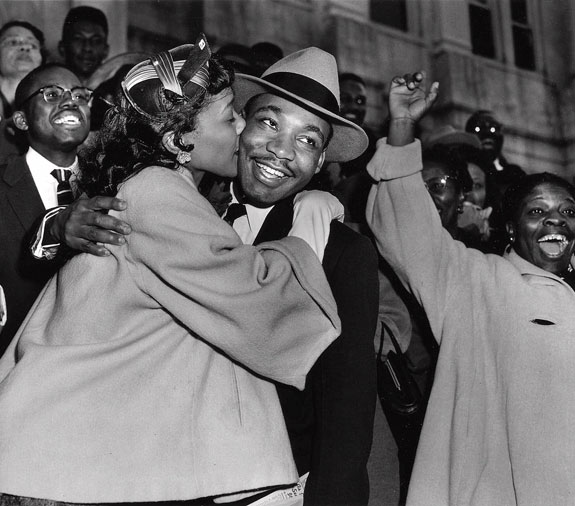
On this MLK day, I’m thinking about the politics of representation and how much America likes to airbrush its historic figures.
What got me started thinking about the emotional homogenizing of MLK (besides Obama dedicating the last two years of his presidency to economic justice) was this post at FAIR. Essentially, it has to do with the way the media and the country put King on a pedestal every January 20th, largely ignoring his last three years, from 1965-’68, when his attention turned from civil rights to economic rights and his vehement denunciation of the war in Vietnam.
You can see from these editorial cartoons below, archived by The King Center, how MLK’s expanded focus complicated his legacy, the Star cartoon (among other sources, 1, 2), openly postulating his undermining of it:
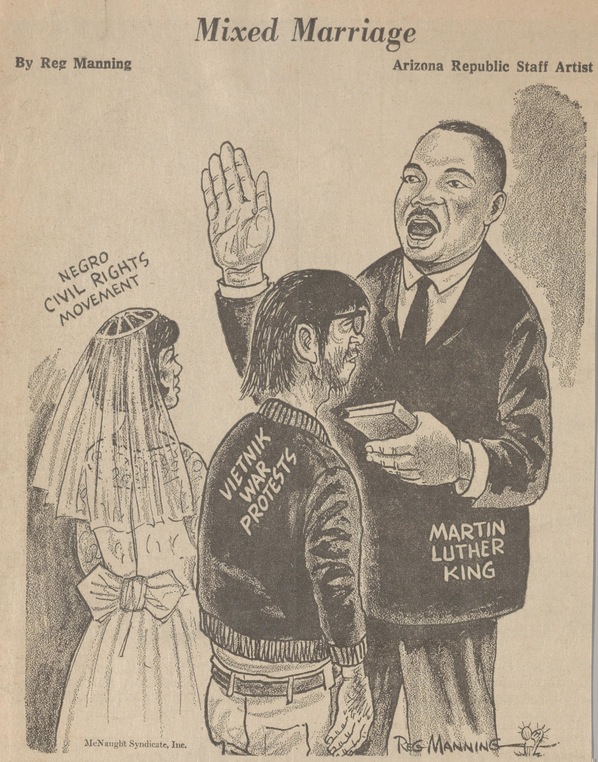
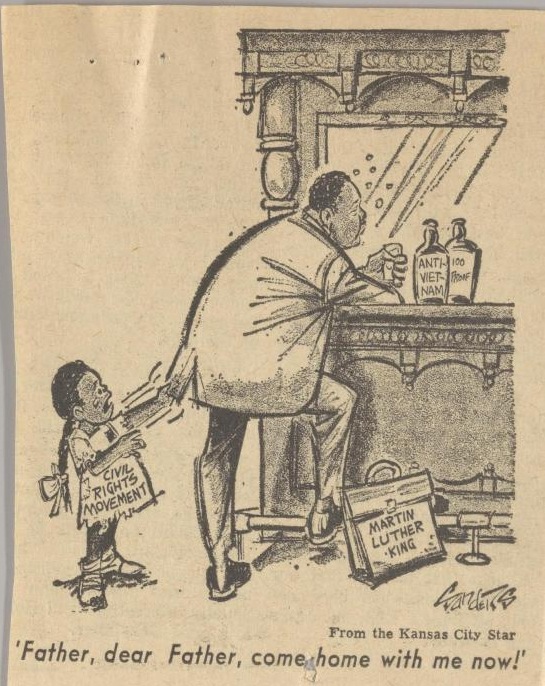
It was searching out photos from that highly contentious period that led me back to general slideshow retrospectives of King’s life, wondering to what extent that late period was visually captured at all.
What I could see from “that 30,000 foot view” is what surprised me, though it probably shouldn’t have. (I mean, isn’t this airbrushing overtly apparent from almost any movie — think Lincoln or Zero Dark 30, as recent examples — about America’s heroes.) What seemed a lot clearer looking back at these slideshows, such as these from TIME, WHAS11 – Louisville, ABC, Columbus Dispatch, USNews ,Biography.com and OnlineAthens, is how King is portrayed in such amiable terms.Looking at photos that recur the most often, including that Montgomery kiss at the top of the post taken outside the courthouse in Montgomery in March ’56 after being found guilty of conspiracy to boycott buses; this family portrait from March ’63; this shot, among various versions, of King receiving his Nobel Prize; or Martin laughing with Sammy Davis Jr., he really is the happy Negro. (And I’m not even going to bring up the more iconic photos from the March on Washington, pictures we carry around in our heads that emanate true grace for the ages.)
Even in the photos of more contentious moments though, such as leading marches…
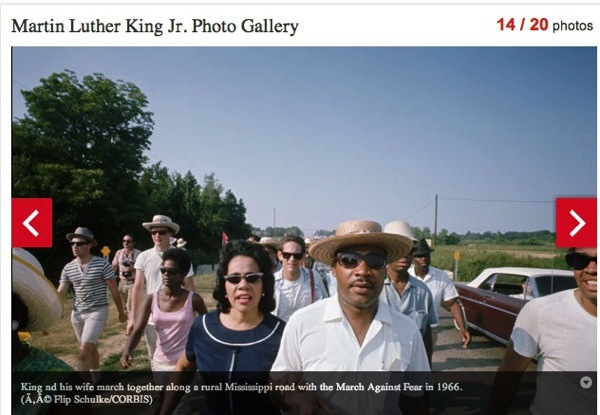
confronting antagonists like the Neshoba County Deputy Sheriff in ’66…
or, getting arrested outside that courtroom in ’58…
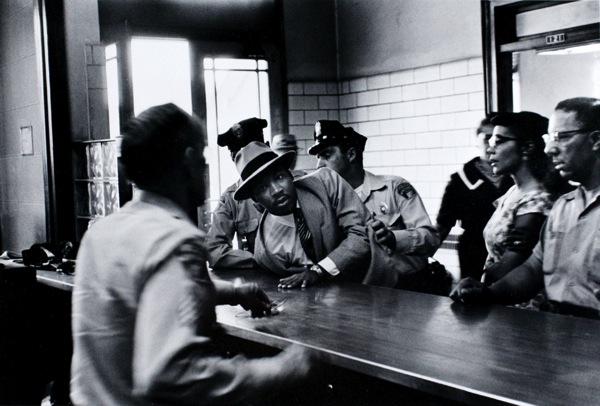
the particular images that are chosen show King in a more reflective or dispassionate way. It’s not that photos of MLK where he’s at least somewhat emoting weren’t published or don’t exist, by the way. They do.
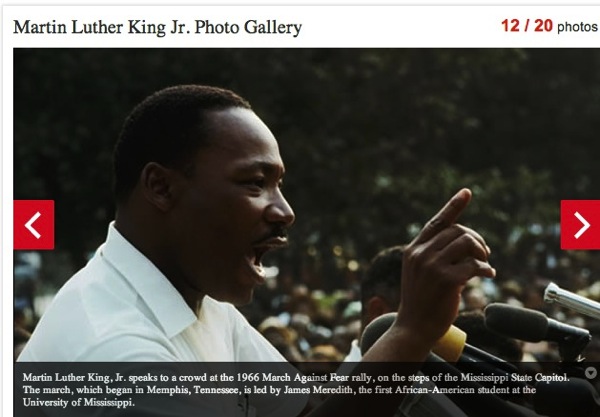
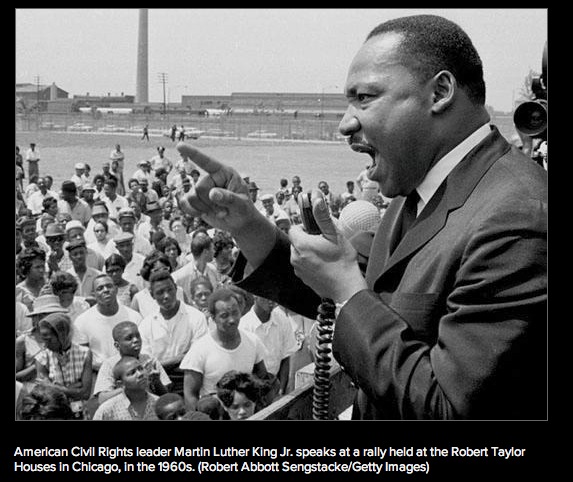
But you’d be hard pressed to find one that wasn’t taken during a speech or behind a podium where the expression of vehemence or passion is contained, contextualized and made palatable through the act of oration.
It was the awareness of this pattern that caused me to look long when I finally came upon this photo:
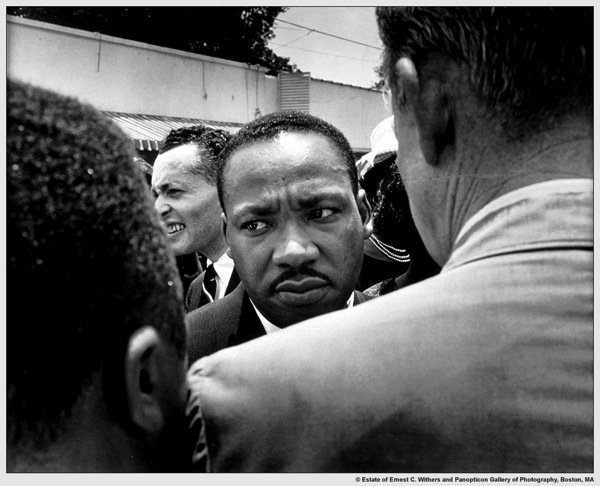
The picture was taken by Ernest Withers in ’63 as King is confronted by police at the funeral of Medgar Evers. Of course, it’s not an unusually harsh or even an uncomplicated look. I would also venture that there is more grief and pain than there is blood in those eyes. It’s the knitting of the eyebrows and the furrowing of the forehead, along with the tensing of the cheeks, however, that captures some real anger. Now, I’m not saying there aren’t other examples among the thousands published, but it’s one of the few photos I could find that shows King — when he wasn’t addressing an audience — demonstrating real edge, or less Buddha-nature than the deified, alpha wave, pre-’67 figure we’re typically presented with today.
(photo 1: Gene Herrick | AP. caption: A Baptist minister at Dexter Avenue Baptist Church in Montgomery, Alabama, King first came to national attention through the Mongomery bus boycott. Here he is welcomed with a kiss by his wife Coretta after leaving court in Montgomery on March 22, 1956, after he was found guilty of conspiracy to boycott city buses in a campaign to desegregate the bus system. photo 5: AP. caption: Neshoba County Deputy Sheriff Cecil Price, left, halts a civil rights march at the Neshoba County Courthouse in Philadelphia led by Dr. Martin Luther King, right, and the Rev. Ralph Abernathy on June 21, 1966. The march was held in memory of three civil rights workers killed two years before in Neshoba County. photo 6: Charles Moore via Steven Kasher Gallery, New York. caption: 1958. Montgomery, Alabama. Martin Luther King Jr., Arrested. Martin Luther King Jr. is arrested for loitering outside a courtroom where his friend Ralph Abernathy is appearing for a trial. photo 10: Ernest C. Withers. caption: Dr. Martin Luther King is Confronted by police at the funeral of Medgar Evers, Jackson, Mississippi. June 1963. © Estate of Ernest C. Withers and Panopticon. Gallery of Photography, Boston, MA. Via Chrysler.org.)
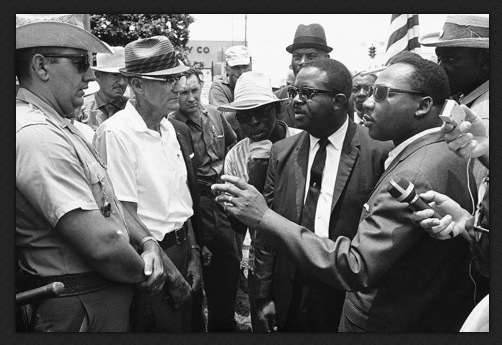
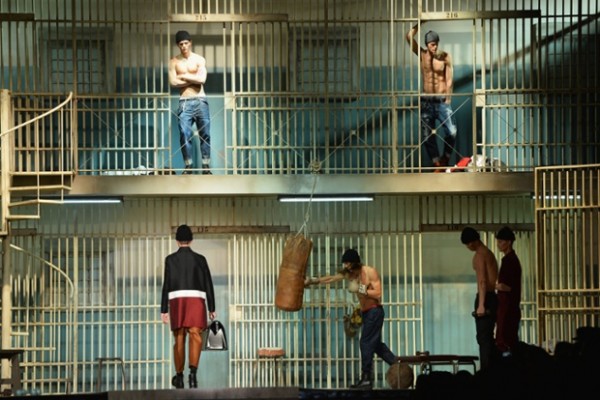
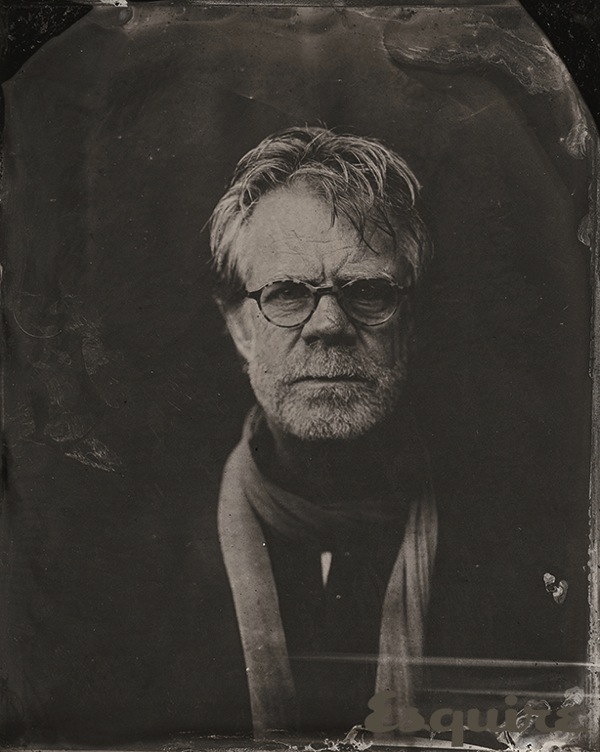
Reactions
Comments Powered by Disqus